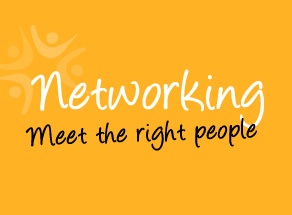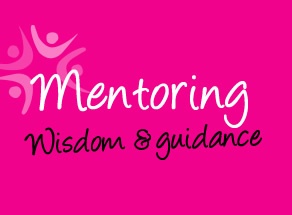
Four Actionable Tactics to Accelerate Career Success, Part 1
06/02/2015 02:32PM | 7119 viewsNavigating the Gray: Expert tips for communicating clearly and confidently and building stronger workplace relationships in pursuit of upward career mobility.
Globalization, technology, rampant regulation and fierce competition at every turn have made today’s workplace more complicated than ever. This is causing professionals at all levels—from the mail room to the board room—to flounder as they attempt to navigate the escalating complexities, consistently perform at a high level, and achieve upward career mobility.
Because modern workplace dynamics have become so complex, leaders have less
time than ever to spend coaching and mentoring employees, and to benefit from
such guidance for their own professional gain. In addition, universities
systematically churn out graduates who have learned black and white technical
skills and theoretical concepts, but not how to aptly prepare for, and traverse
through, the inevitable “Gray Area” of a company—the environment and culture
that manifests from the multi-faceted challenges and forces an organization
faces. The result is a glut of entry-level and entrenched professionals who are
unprepared, unequipped and unable to effectively communicate in a way that will
productively impact their career.
“While an intangible, the Gray Area is a very real phenomenon driven by human
nature, internal and external politics, industry guidelines, company protocols
and market pressures, among other factors,” notes Vivian Ciampi, an esteemed
Executive Coach and Harvard Business School Executive Education department
coach and facilitator. “The importance of learning how to effectively
communicate within this ambiguous environment cannot be understated. Too many
in our nation’s workforce, both employees and executives, are ill-equipped to
engage with an audience—any audience—with ease and intention, which is keeping
them from realizing their full potential and attain a maximum measure of success.”
With this in mind, Ciampi offers four tactical tips to help professionals at
every level become a more effective communicator and, in doing so, gain better
control of their career trajectory. The
first two are shared here:
1. Become the “Universal Translator.” The most valued and successful person in any business is the one that can translate facts, figures, and concepts into actionable ideas that will not only make sense and resonate with their direct network, but also with any and all constituents those ideas will be presented to. This includes superiors, subordinates, peers, customers, prospects, business partners and vendors. The Universal Translator does the following: steps out of their comfort zone or discipline; let’s go of any insider department lingo or technical terms and focusses on the audience at hand; suggests specific ways others can move forward with the information relative to what is important to them; and presents the vision, plan or theory in a way that is clear, crisp, confident and above all, ACTIONABLE. This person is so successful because of their ability to translate complex or technical concepts into strategic steps that will impact the bottom line. If others can understand, relate to and rally around what you are presenting, it is sure to yield winning results.
2. Meet before you meet. There’s few things more painful and embarrassing than getting completely derailed in a meeting. Many have seen it—someone showing up with well-prepared and rehearsed slides only to get completely pummeled with questions from every discipline in the room before they even get beyond the intro page. Instead of moving forward with their agenda, they are sent ten paces back and five paces to the side, only to leave the meeting with more work, lost credibility, a confused and frustrated audience and, above all, no progress on the agenda at hand. If you’ve ever experienced this personally or seen it happen to another, you know it is hard to recover. The best way to counter this is the following: determine who your key constituents are relative to your topic ahead of time; set up one-on-one meetings with all of them at least a few days in advance of the big meeting; socialize the topic with each of the constituents individually; and make sure you understand their perspective and answer any questions or concerns that they have ahead of time. By taking these steps, you will undoubtedly gain valuable information that will not only help you refine your presentation, but also be poised and prepared to actually present in the real meeting. Socializing the idea ahead of time may feel like extra work, but the benefits far outweigh the additional time—and the very real risks of not doing so. This strategy will facilitate your ability to effectively cover a lot of ground and actually garner decisions in the meeting without playing catch-up or spending valuable time trying to get everyone on the same page. Effective communication, speed and alignment are a few of the key advantages here.
The remaining two tactical tips will be covered in part two of this article.






Post your Comment
Please login or sign up to comment
Comments